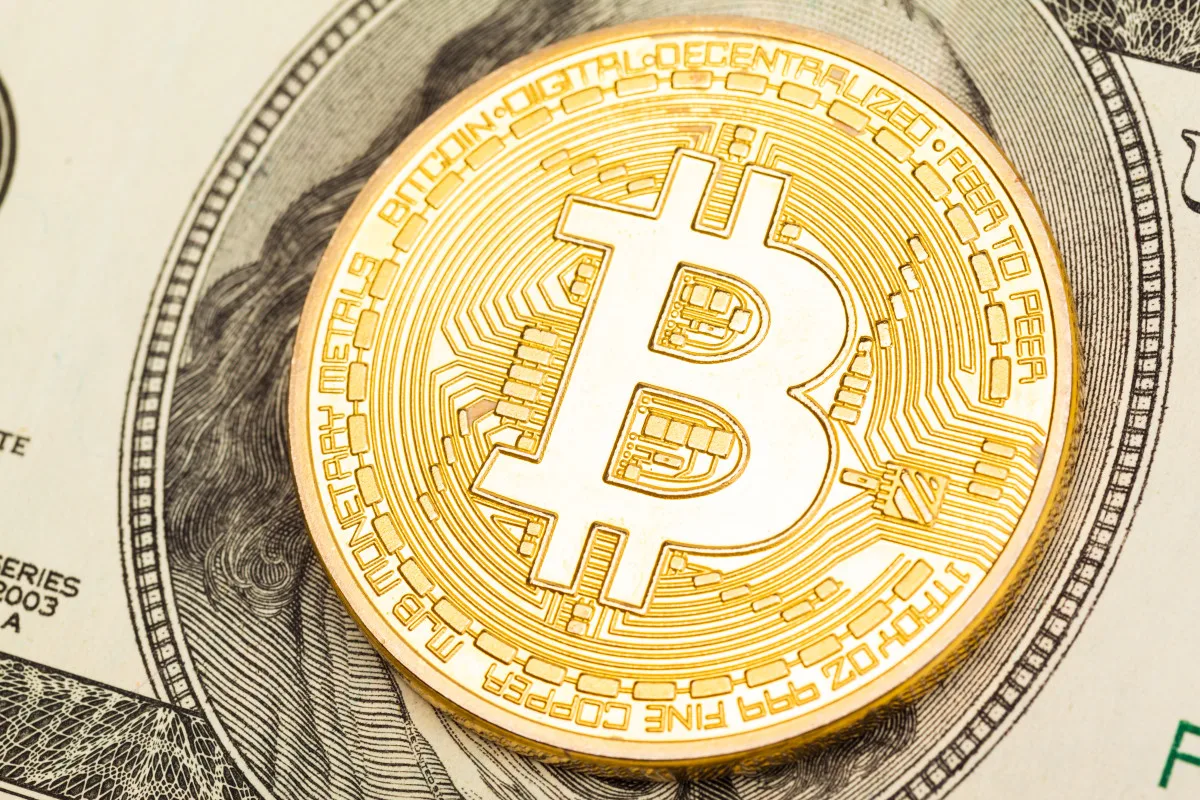- Ethereum poised for 50% speed boost and enhanced DEX performance under new proposal.
- EIP-7781 is gaining traction within the Ethereum community, drawing notable support.
- Ethereum remains below the $2,500 mark after recent market volatility.
Ethereum (ETH) is experiencing a slight uptick of 0.1% this Monday following a Doji candle, hinting at a possible price trend reversal. This change coincides with a new Ethereum Improvement Proposal, EIP-7781, which seeks to significantly reduce slot time, potentially doubling the network’s speed and enhancing its decentralized exchange (DEX) efficiency.
Proposed EIP-7781 aims for major Ethereum throughput and DEX efficiency improvements
Championed by Illyriad Games co-founder Ben Adams, EIP-7781 proposes a substantial 33% increase in Ethereum’s throughput by shortening slot times from 12 seconds to 8. Slot times signify the intervals during which validators contribute new blocks to Ethereum’s blockchain.
This shift suggests a decrease in based rollup latency—a new rollup type using the main chain for transaction sequencing—unlike optimistic and ZK rollups. Noteworthy changes include a rise in blob count, a data structure introduced in March’s Dencun, from 6 to 8, or an increase in the gas limit from 30M to 40M.
There’s a new EIP to increase Ethereum’s throughput by 50%.
– 12 second block times -> 8 seconds
– 6 data blobs per block -> 9 blobs per block
– DEXes become around 1.22x more efficientIf approved, this would be a huge first step in improving Ethereum L1’s performance. pic.twitter.com/MkX5gbiBFR
— cygaar (@0xCygaar) October 6, 2024
Support within the crypto community for EIP-7781 is strong, with Ethereum researcher Justin Drake indicating that it could boost network speed by 50% and enhance decentralized exchanges like Uniswap v3 efficiency by 1.22 times. This efficiency might save users approximately $100M by mitigating arbitrageurs’ profit from price discrepancies, promoting better execution.
Although concerns arise about potential hardware demands, Adams assured that these improvements can be realized without increasing peak bandwidth. EIP-7781 will undergo Ethereum’s governance voting process before any implementation steps are initiated.
Meanwhile, Ethereum ETFs reported a $29 million net outflow globally last week, according to CoinShares data.
Ethereum stabilizes below the $2,500 threshold after indecision patterns emerge
On Monday, Ethereum hovers near $2,450. While marginally rising, the prominent altcoin faced liquidations totaling nearly $57 million in the last day, with long and short trades comprising $41.23 million and $15.75 million, respectively.
ETH finds itself consolidating within a key rectangle channel, having recently faced rejection at the $2,500 level. The occurrence of a Doji candle on the 4-hour chart signals potential market indecision, possibly pointing toward a brief pullback to the $2,395 support area.
ETH/USDT 4-hour chart
Doji candles often form when an asset’s opening and closing prices are nearly identical, denoting indecision among traders and hints at potential trend changes. Consequently, Ethereum might experience a decline, approaching support around $2,395.
This bearish outlook is confirmed as prices slip below the convergence of the 50-day and 100-day Simple Moving Averages (SMA) near $2,470. Moreover, the Relative Strength Index (RSI) and Stochastic Oscillator (Stoch) slightly reside below neutral, signaling traders’ bearish sentiment.
A daily close below the $2,395 mark will invalidate this bearish thesis.
Ethereum FAQs
Ethereum is a decentralized open-source blockchain with smart contracts functionality. Its native currency Ether (ETH), is the second-largest cryptocurrency and number one altcoin by market capitalization. The Ethereum network is tailored for building crypto solutions like decentralized finance (DeFi), GameFi, non-fungible tokens (NFTs), decentralized autonomous organizations (DAOs), etc.
Ethereum is a public decentralized blockchain technology, where developers can build and deploy applications that function without the need for a central authority. To make this easier, the network leverages the Solidity programming language and Ethereum virtual machine which helps developers create and launch applications with smart contract functionality.
Smart contracts are publicly verifiable codes that automates agreements between two or more parties. Basically, these codes self-execute encoded actions when predetermined conditions are met.
Staking is a process of earning yield on your idle crypto assets by locking them in a crypto protocol for a specified duration as a means of contributing to its security. Ethereum transitioned from a Proof-of-Work (PoW) to a Proof-of-Stake (PoS) consensus mechanism on September 15, 2022, in an event christened “The Merge.” The Merge was a key part of Ethereum’s roadmap to achieve high-level scalability, decentralization and security while remaining sustainable. Unlike PoW, which requires the use of expensive hardware, PoS reduces the barrier of entry for validators by leveraging the use of crypto tokens as the core foundation of its consensus process.
Gas is the unit for measuring transaction fees that users pay for conducting transactions on Ethereum. During periods of network congestion, gas can be extremely high, causing validators to prioritize transactions based on their fees.
Discover more from Make Money Online and Work From Anywhere
Subscribe to get the latest posts sent to your email.




